On Two Rivers
for Osservatorio Balcani e Caucaso and Rassegna Est
Fifteen years after the NATO bombing and the removal of President Slobodan Milosevic, Belgrade still has to experience a true radical change. The city wants to shake off the weight of long wars and social division through a deep process of urban and cultural renewal, which seems to be far from the start. High rates of tax evasion and unemployment condemn the Serbian economy as the worst one of the whole Balkan region (-1.8% of GDP in 2014), while the policies of the latest governments are often midway between pro-European openings and some kind of nostalgia for the past greatness.
The vitality of the younger generation is the main push to this desire for change.
Music and street art (Belgrade is an open-air graffiti museum) are the most dynamic avant-garde scenes of the town, while some neighborhoods, which once were popular, have grown wealthier and are going through an unstoppable gentrification process.
The vitality of the younger generation is the main push to this desire for change.
Music and street art (Belgrade is an open-air graffiti museum) are the most dynamic avant-garde scenes of the town, while some neighborhoods, which once were popular, have grown wealthier and are going through an unstoppable gentrification process.
Young artists and designers have overcome the lack of cultural spaces, previously guaranteed by real socialism, with coworking places, occupying empty buildings and creating homemade music studios.
Despite an active arts scene, disillusionment remains the most common feeling in the capital. The promised foreign investments could revitalize the social fabric and ensure a real development, but the cost would be a sudden loss of identity. The same destiny happened to several Eastern Europe cities. Yet, in Belgrade only a few seem to support this memory replacement in favor of a massive privatization and speculative overbuilding.
Despite an active arts scene, disillusionment remains the most common feeling in the capital. The promised foreign investments could revitalize the social fabric and ensure a real development, but the cost would be a sudden loss of identity. The same destiny happened to several Eastern Europe cities. Yet, in Belgrade only a few seem to support this memory replacement in favor of a massive privatization and speculative overbuilding.






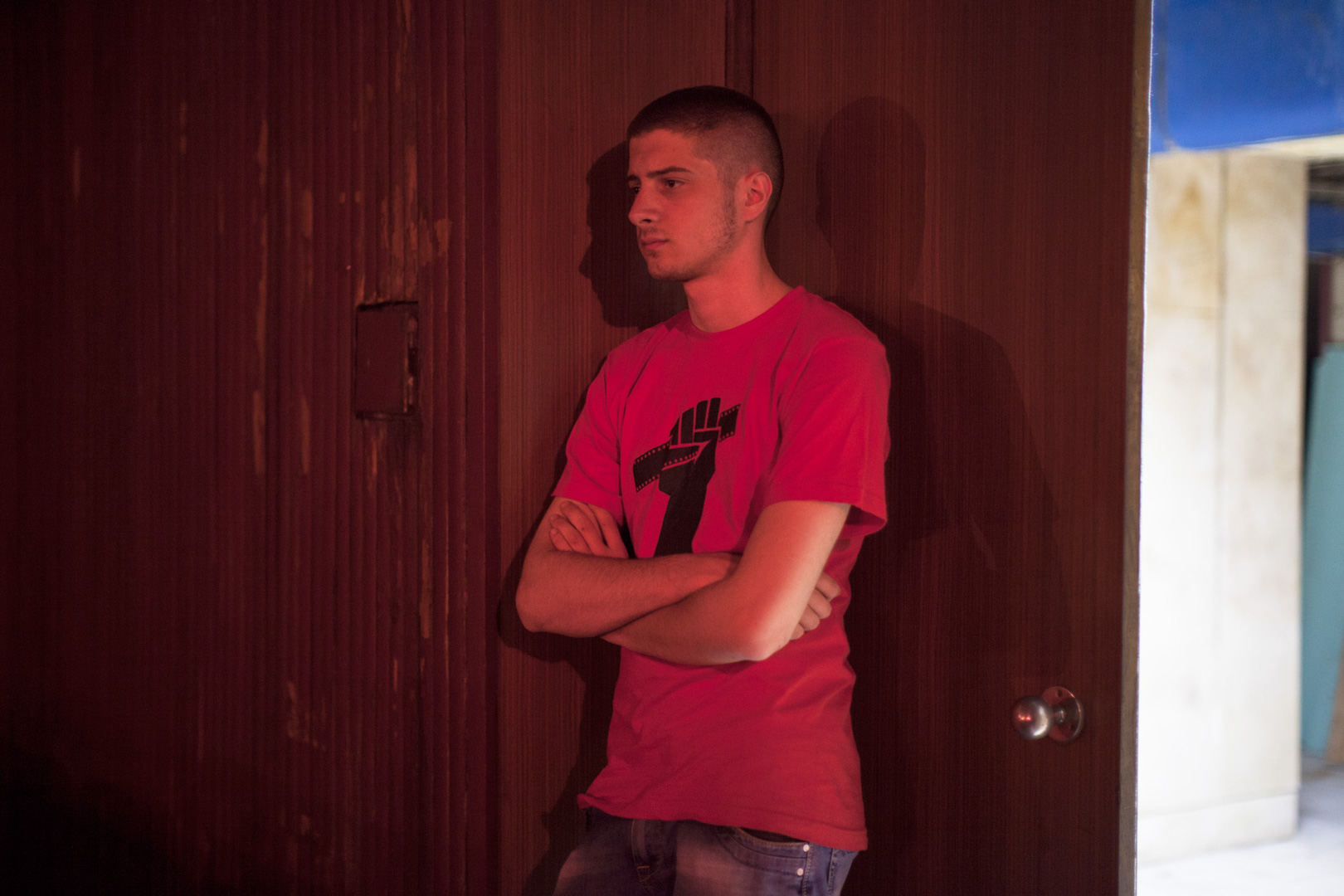


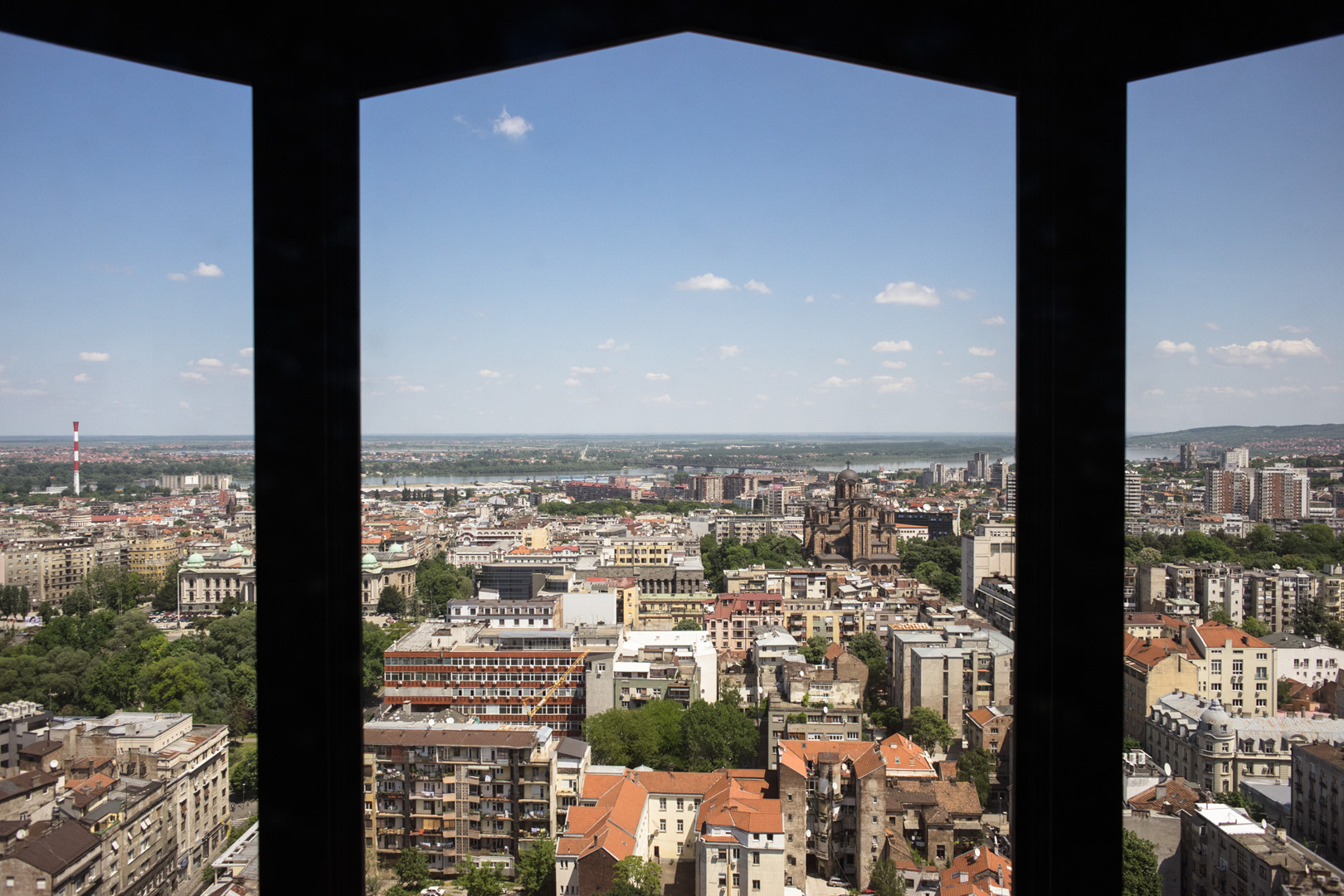


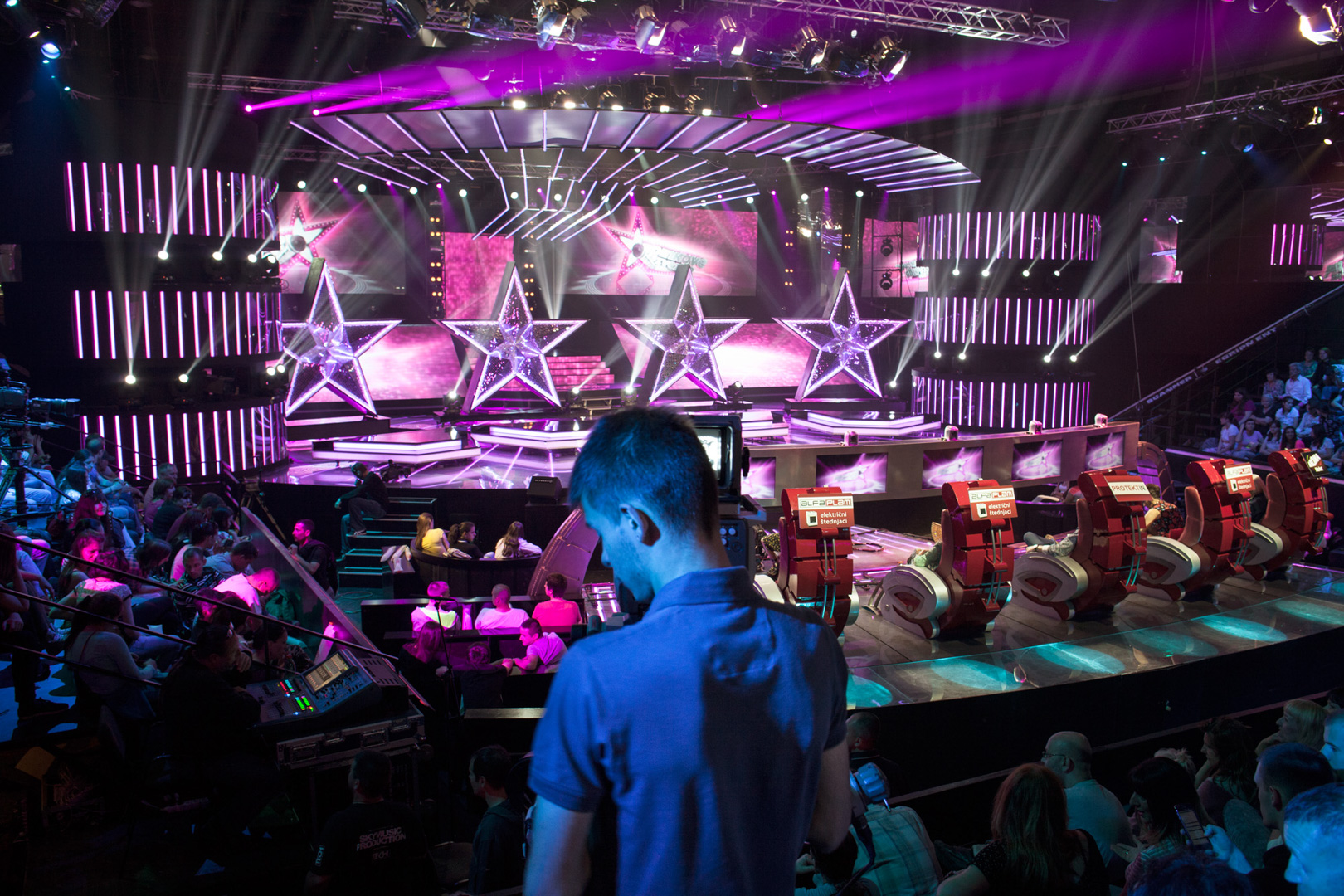
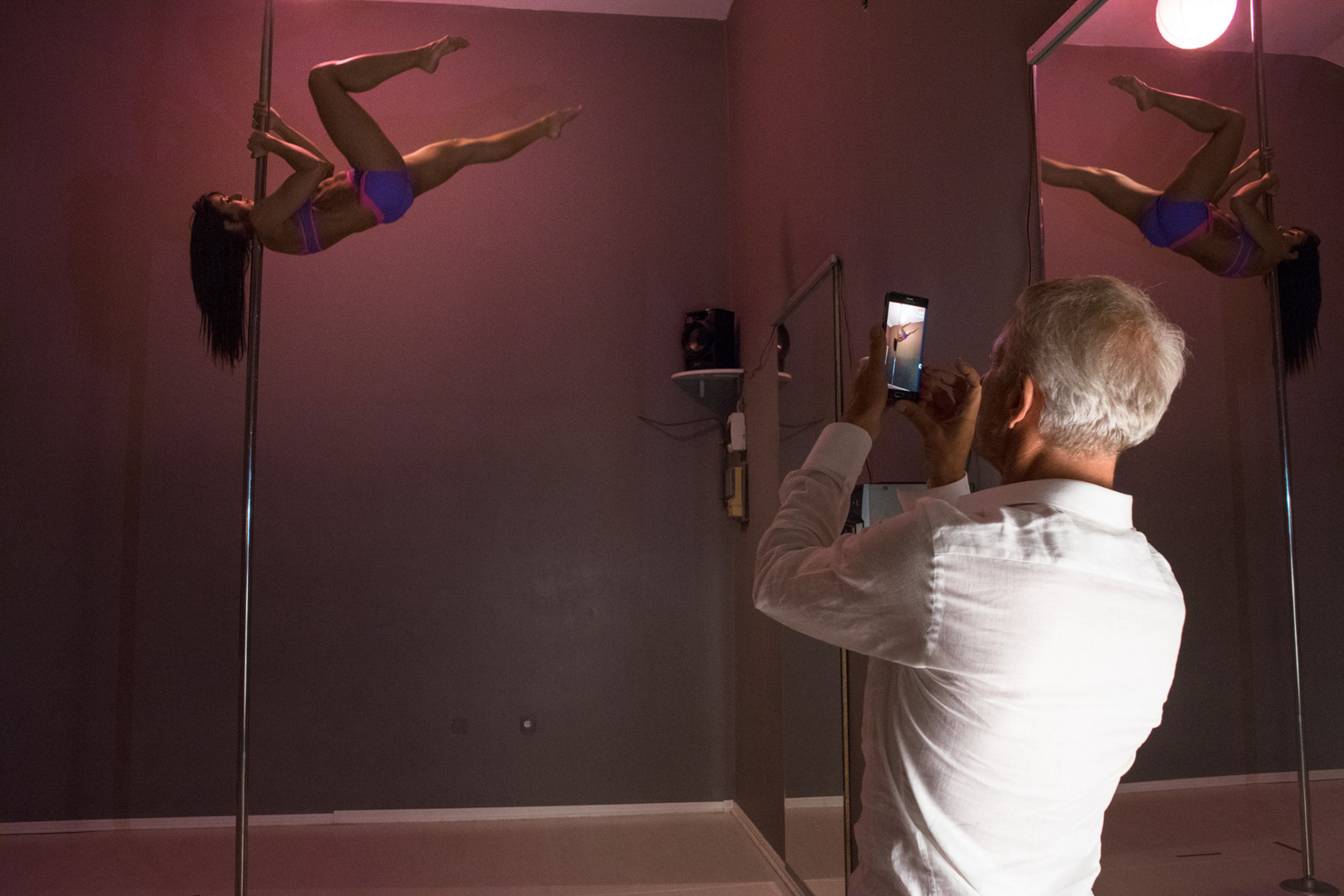






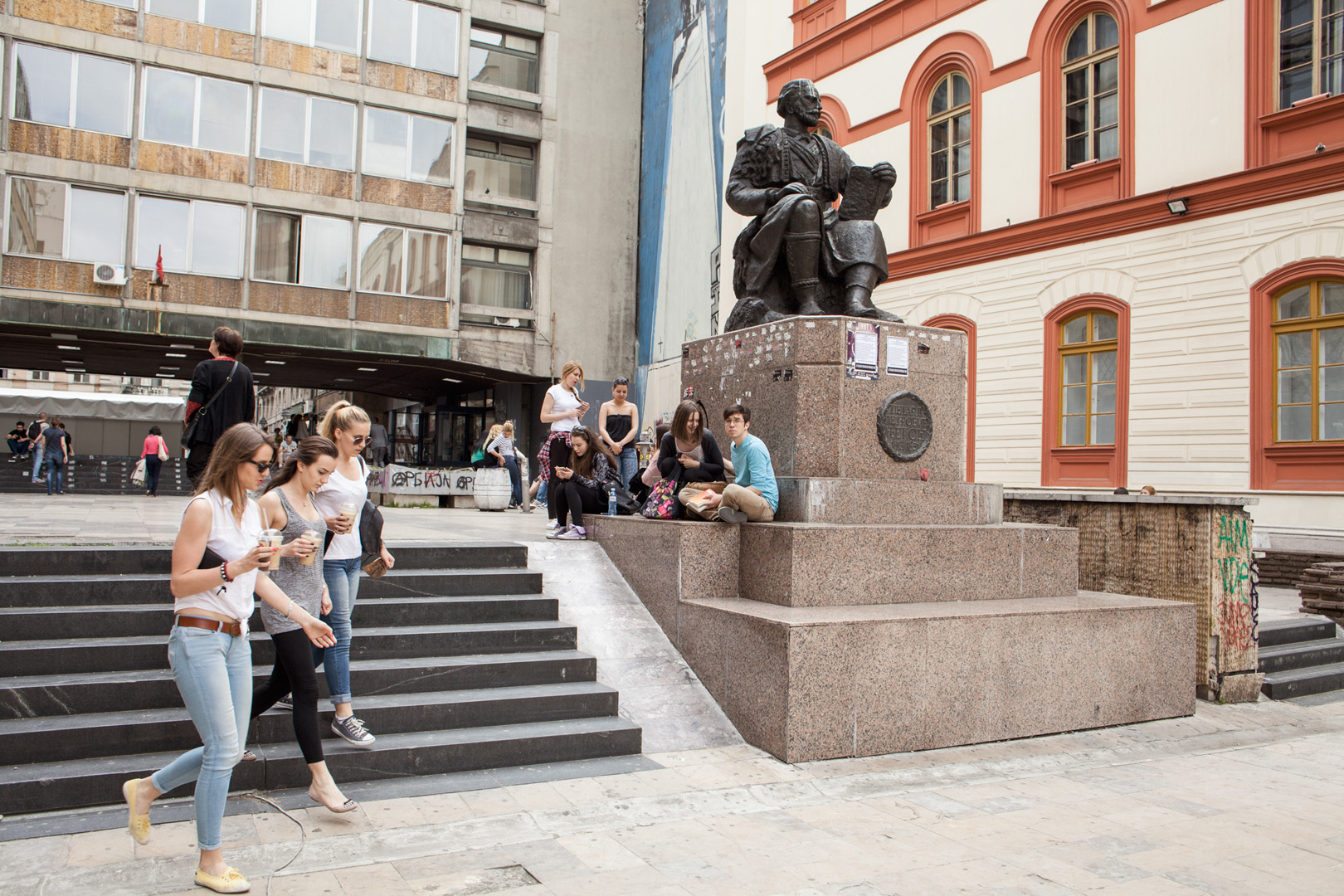
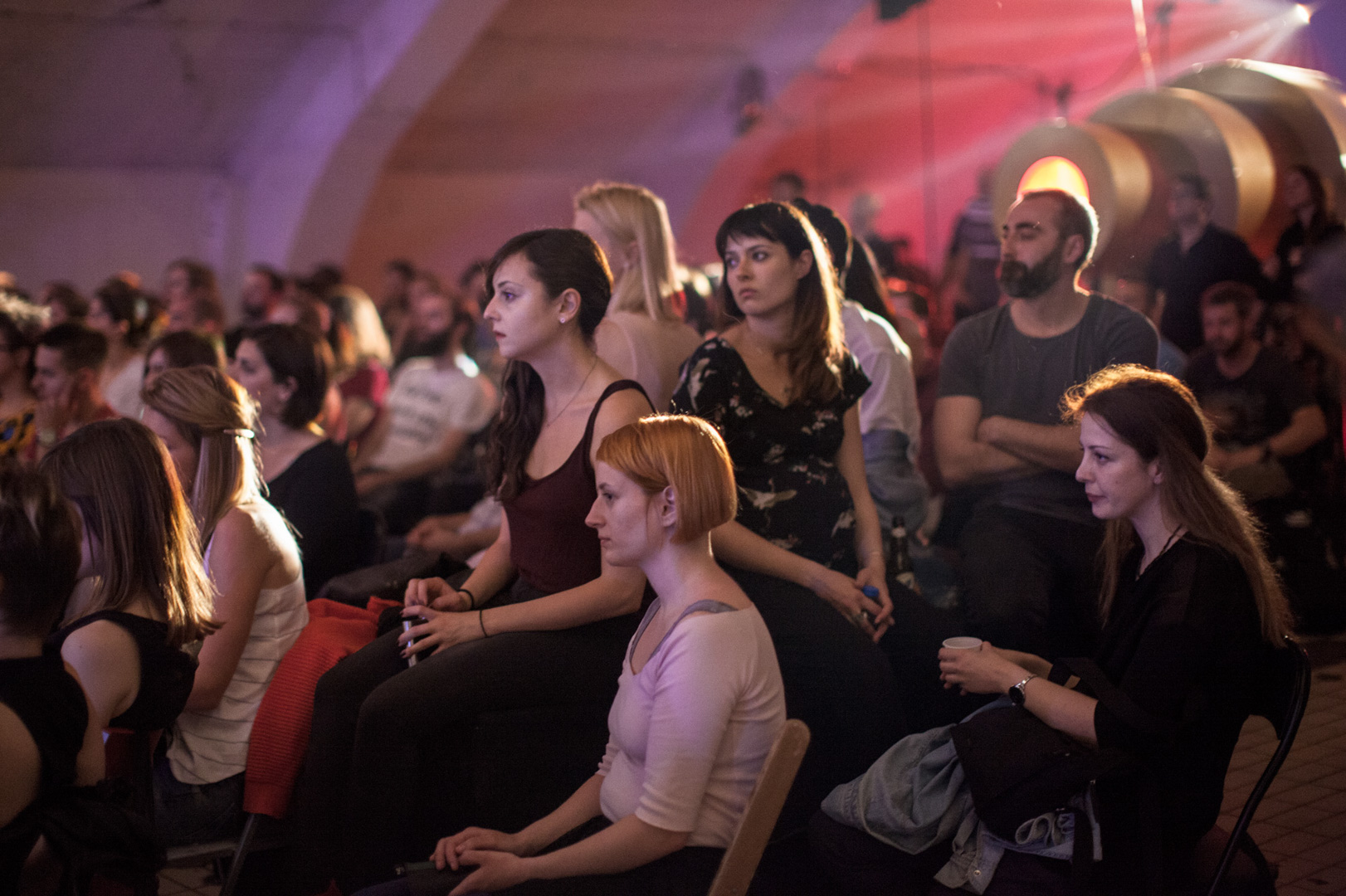



Filippo Bardazzi ©2025